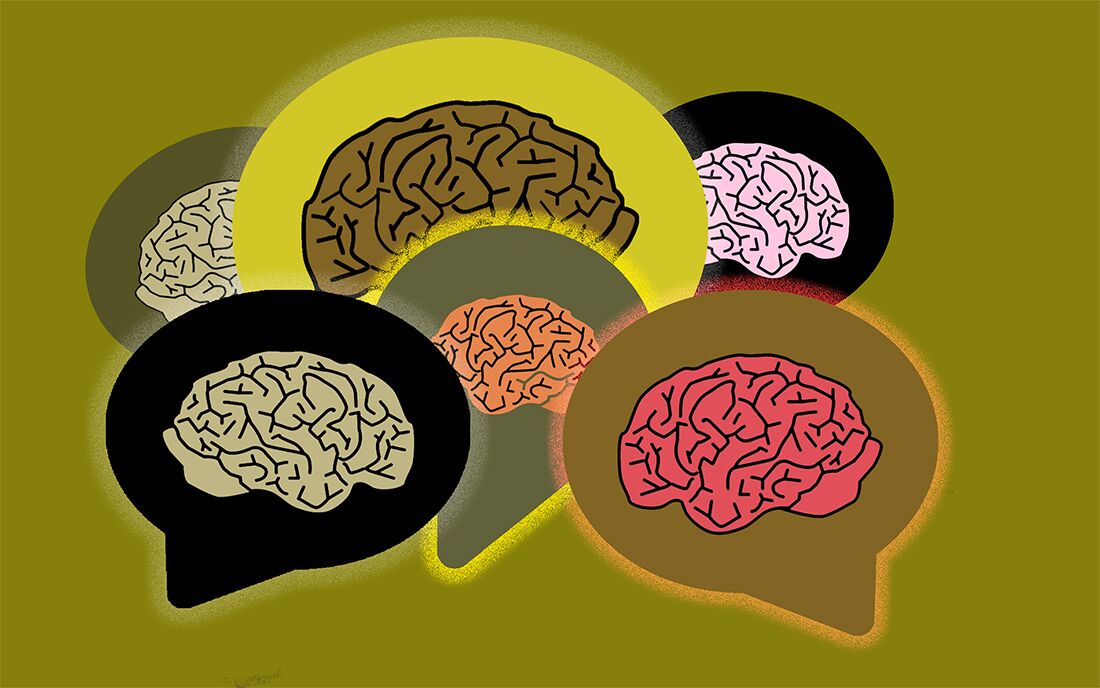How we can embrace community-driven approaches to safety
Since the eruption of international protests in response to the murder of Black man George Floyd at the hands of the police, the discussion of either defunding or abolishing police forces has taken centre stage. Yet, many still have concerns as to what a world with a radically diminished police presence would actually look like.
While there is no simple answer to the question of what abolishing or defunding the police would consist of, there are a lot of helpful tools we can take from anarchist mentalities that show how to build community-driven approaches to safety. It all starts with an acknowledgement that government institutions do not work for the benefit of marginalized people. With that, communities should keep an eye out for each other as much as possible and not rely on those institutions, because our reliance gives them power.
One main tenet of anarchism is the concept of mutual aid. Simply put, mutual aid is the practice of voluntarily exchanging goods and services for overall community benefit. The thrust of mutual aid efforts center on the idea that when communities can pull together to provide for themselves, they are less dependent on often oppressive institutions and become more tightly knit.
Mutual aid has become somewhat of a buzzword since the COVID-19 outbreak— and for good reason. In countless cities around the world, neighbours have come together in order to share extra food and supplies, give social support, offer delivery services, and more. One Facebook group for Montreal mutual aid now has over 17,000 members, where posters continue to help others who are sick or out of work. However, in the past week, many of the posts have pivoted to sharing resources for how to help Black people and protesters in the Montreal community.
It would be difficult to deny that mutual aid is necessary for people thrust into precarity due to a global pandemic; however, for Black communities, mutual aid has been a lifeline for decades. For example, in the 1960s, The Black Panther Party offered a free breakfast program to children in their community. These kids were overlooked by the government as they were redlined and ghettoed into impoverished neighbourhoods, often going hungry during the school day. The Panthers saw the hunger and inequality that was forced upon their community by an actively white supremacist government, and took power into their own hands. The breakfast program was a major success, but a few years after it was enacted, the FBI cracked down due to the government’s phoney labelling of the Panthers as a hate group. Ironically, the U.S. federal government ended up implementing their own school breakfast program just a few years later.
The turn away from reliance on government can be applied to more than just food programs and facemasks—we can look to these anarchist concepts for guidance on what a world would look like without institutionalized police.
Another useful concept within mutual aid is community self-defense— the notion that civilians should be in charge of their own safety rather than relying on cops. For many communities, most notably Black and Indigenous people, the police are a blatantly violent and aggressive force, who do more intimidating than protecting. Community self-defense may answer the following question: ‘when the cops are the ones committing the crimes, who are you supposed to call?’
It is not that the policing system is broken— it was never designed to work for the benefit of marginalized people. Across Canada, the demographic makeup of police departments are overwhelmingly more homogenous than the cities they’re sworn to protect. This disparity can lead to not only cultural misunderstandings but also higher rates of violence due to implicit racial bias. With this in mind, it only makes sense that those who protect a community should be from the community itself.
Community self-defense can come in many different forms. This could look like neighbourhood walking-patrols, trained social workers countering catcalling, watchdog groups monitoring white supremacists, sexual assault survivor networks, etc. The goal is to reroute funding that previously went towards police into groups that will support communities at the civilian level. Any group with power is susceptible to corruption, and there’s always the chance that people will join for nefarious reasons. However, those within a community have a vested interest in the betterment and safety of their group, as well as an added level of empathy towards those they’re protecting. This is because they won’t just see the offenders as criminals, but also as friends and neighbours.
The shift to a less police-focused state would not be simple, and it would likely require a lot more action on the civilian level. Yet, with a shift towards community-building in marginalized areas, it is not an impossible task. The status quo is structurally failing our Black neighbours and that should be enough to have everyone question the system as it is.
Graphic by @sundaeghost
